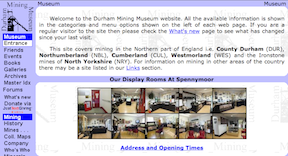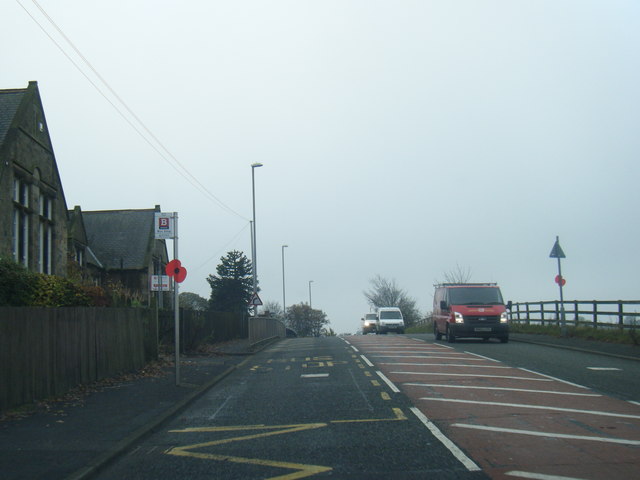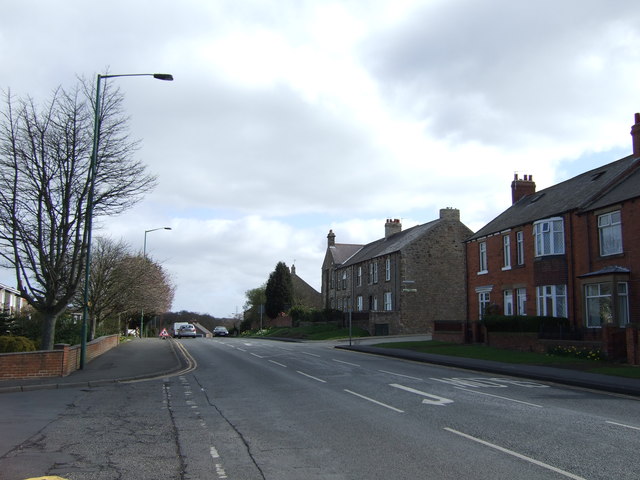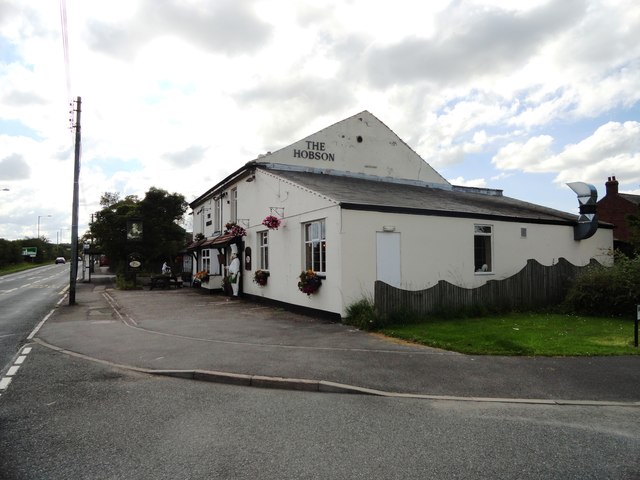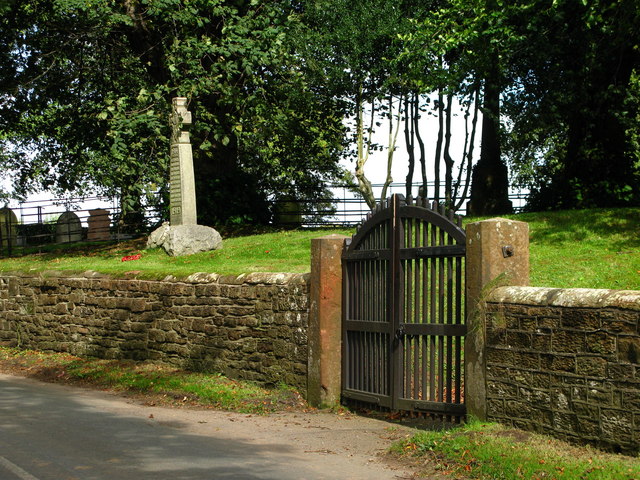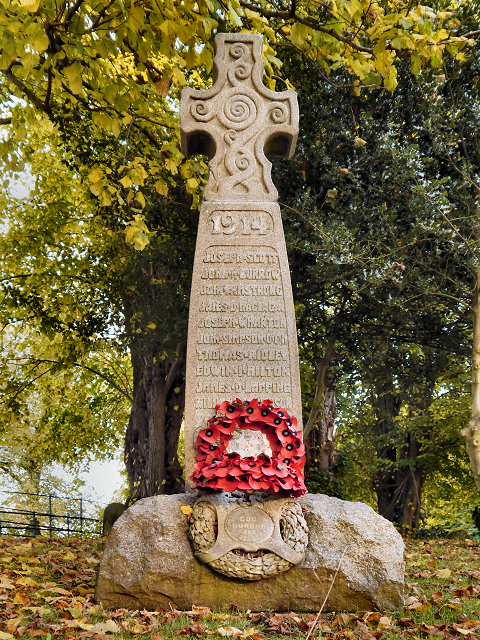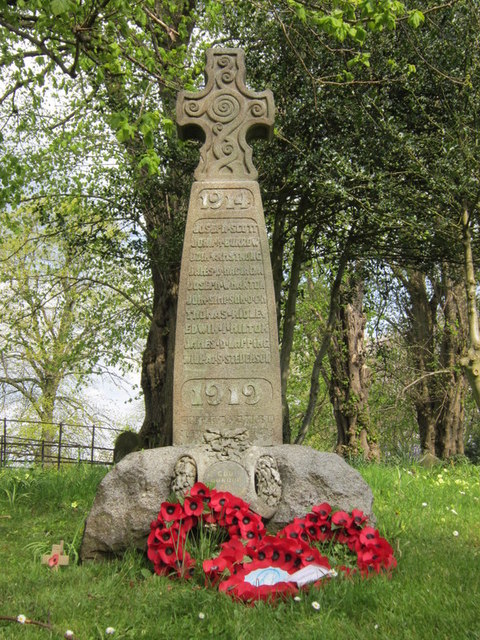Topics > County Durham > Burnopfield > Burnopfield Colliery (1725 - 1968)
Burnopfield Colliery (1725 - 1968)
Burnopfield Colliery (also known as Hobson Colliery or Hobson Pit) was first sunk in c.1725[1] (another source indicates it opened in 1742)[2]. The colliery gave rise to the pit village of Hobson, just south of Buropfield. In 1850 the biolers at Hobson Pit were blown-up with gun powder, by striking miners from Marley Hill; Hobson had been supplying Marley Hill coke ovens with small coal during the strike.[3] During the late 19th century Burnopfield Colliery was managed by John Bowes & Partners, and in 1894 was recored as producing about 140,000 tons of coal per annum, which along with the coke ovens and fire brick works employed 300 men and boys. At its peak, in terms of empoyment, in 1940, there were 669 people employed at the colliery (540 working below ground, and 129 on the surface).[4] In Burnopfield Colliery closed on the 9th August 1968.

from https://www.ourgateshead.org/…
The Hobson Pit Strike 1849
- "December 1849 saw the beginning of a short but very bitter dispute between the owners of Marley Hill colliery and their workmen over low wages....On January 11th 1850 at 10 …
Added by
Simon Cotterill

from http://www.durham.gov.uk/medi…
Burnopfield - Conservation Area Appraisal (2009)
Added by
Simon Cotterill


from https://www.ourgateshead.org/…
The Hobson Pit Strike 1849
- "December 1849 saw the beginning of a short but very bitter dispute between the owners of Marley Hill colliery and their workmen over low wages....On January 11th 1850 at 10 …
Added by
Simon Cotterill

from http://www.durham.gov.uk/medi…
Burnopfield - Conservation Area Appraisal (2009)
Added by
Simon Cotterill
